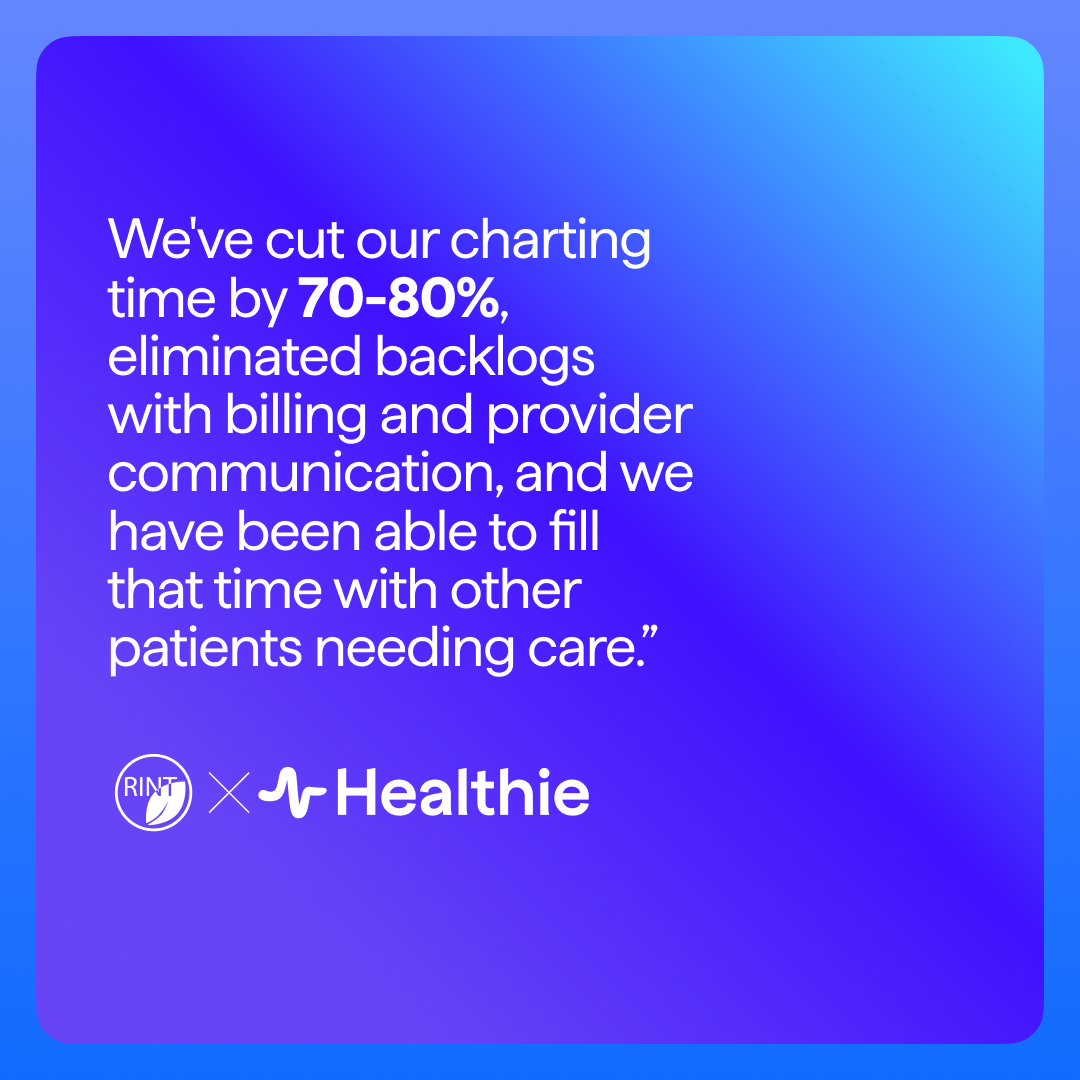Application Programming Interface (API)
What is an API and how can it be used in healthcare?
An API is an application programming interface. It is a set of rules that allow software programs to interact with each other. APIs can be used to access data and functionality from other applications.
In healthcare, APIs can be used to access electronic health records (EHRs), schedule appointments, check insurance benefits, and more. APIs can also be used to develop new applications that improve patient care or help providers work more efficiently.
For example, an API could be used to develop a mobile app that allows patients to view their EHRs, schedule appointments, and message their providers. This would give patients more control over their health care and make it easier for them to stay on top of their health.
Another example of how an API could be used in healthcare is to develop a tool that helps providers track their patients’ medications. This would help providers make sure that their patients are taking their medications as prescribed and help them catch any potential problems early.
Overall, APIs can be used in a variety of ways to improve healthcare. They can make it easier for patients to access their health information and make it easier for providers to track their patients’ health.
What are some common API standards and how do they differ?
There are a few common API standards in healthcare. The most common are FHIR, HL7, and DICOM.
FHIR (Fast Healthcare Interoperability Resources) is a set of standards for exchanging electronic health information. It is based on the HL7 v2 and v3 standards, and uses XML or JSON for data encoding.
HL7 (Health Level Seven) is a set of standards for exchanging electronic health information. It is based on the ISO 8824 and 8825 standards, and uses XML or ASN.1 for data encoding.
DICOM (Digital Imaging and Communications in Medicine) is a standard for storing and transmitting medical images. It uses a proprietary format for data encoding.
How can APIs be used to improve healthcare data interoperability?
Healthcare data interoperability is the ability of different healthcare IT systems to communicate with each other and exchange data. This is important because it allows for the sharing of information between different healthcare providers, which can ultimately improve patient care.
One way that APIs can be used to improve healthcare data interoperability is by providing a way for different systems to connect with each other. For example, if a hospital has a patient’s medical records in one system and a laboratory has test results in another system, an API can be used to connect these two systems so that the hospital can access the laboratory’s test results.
Another way that APIs can be used to improve healthcare data interoperability is by providing a way for different systems to share data. For example, if a hospital has a patient’s medical records in one system and a laboratory has test results in another system, an API can be used to share these two sets of data so that the hospital can access the laboratory’s test results.
Ultimately, APIs can play a role in improving healthcare data interoperability by providing a way for different systems to connect with each other and exchange data. This can ultimately lead to improved patient care by allowing different healthcare providers to access and share important information.

